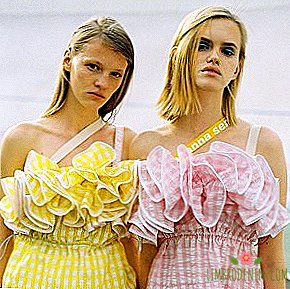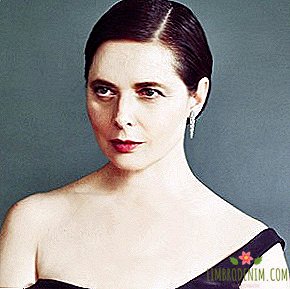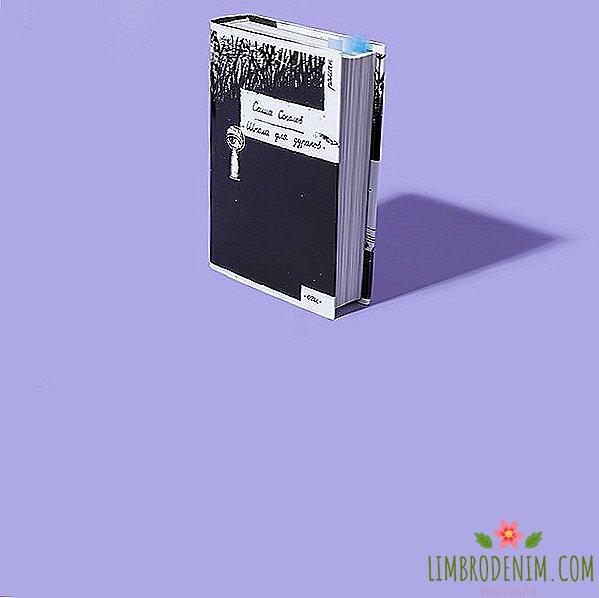In contrast to minimalism: Why romance is back in fashion
MODERN FASHION REMINDS CHILDREN'S BOARD GAME, in which parts of animals need to be connected in random order, to get phantasmagoric creatures. The new fashionable space is mosaic, omnivorous, multicultural and assumes that every inhabitant of it is free to create their own worlds and invite their guests to them, and trends no longer pretend to be immutable. Yet there are general trends, and one of them, flourishing right now, is neo-romanticism.
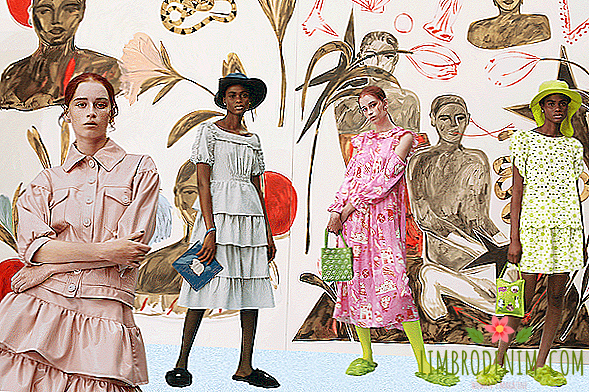
If you look at things in a simplified way, the fashion of the 21st century is an endless quotation of the styles of the past with the support of new technologies that allow you to improve clothes and make them "as if they are the same, but better." A good example is in the movie "Dior and Me", where Raf Simons reflects on how to modernize a classic jacket-bar - retaining its sculptural form, but reinterpreting the content so that the thing becomes light and plastic, without internal pads and hard dubbing. It is Simons who can be made responsible for promoting the image of a modern "dreamer" (who feels equally well in a snow-white dress with festoons and embroidery richelieu, and in Ziggy Stardust's brilliant leotard), which has become an alternative to the image of a strict girl in a laconic costume that embodies a bit boring minimalism .
Why did the fashion willingly become involved in neo- and retro-romanticism? The reasons for this are quite rational. Firstly, minimalism, which started at the beginning of the decade as a trendy trend for intellectuals, finishes in the status of mainstream, which has captured the most remote corners of instagram. In addition, after several social experiments, it became obvious that the philosophy of the normcore, the uniform attitude to clothes and the denial of fashion as such is hardly viable. Clothing, like food, refers to the basic needs of a person - but people still have not enough to fill their stomachs, it is important for them to get new sensations and, preferably, positive emotions.
Minimalism (as a response to everything excessive and redundant) and neo-romanticism (as an opposition to a super-rational fashion) largely reflect the mood of society and the state of the economy. Fashion becomes more modest during a recession and more emotional - when humanity has anything but stability.
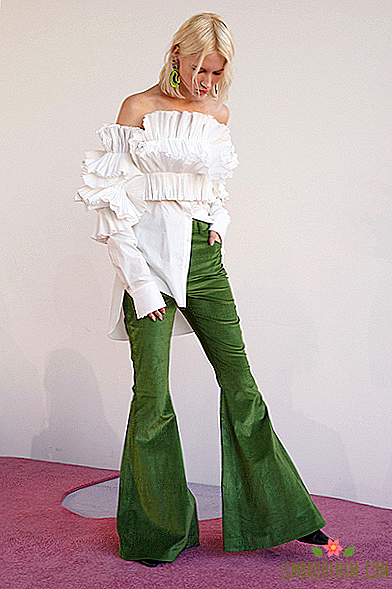
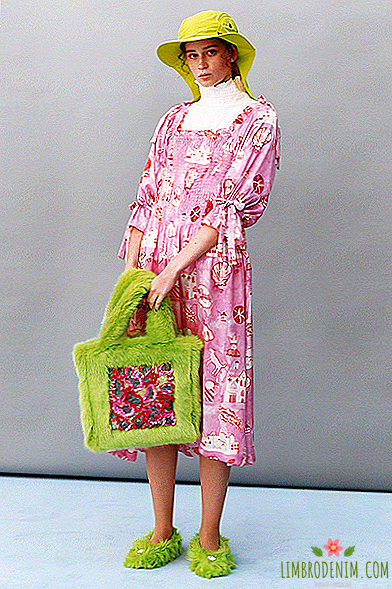
In search of new emotions, people switch from reality to the illusory: someone is dragged in by TV shows, someone is video games, someone collects dolls and models miniature life for them with expensive outfits, furniture and travels. The idea of a fashionable Disneyland for adults, by the way, was materialized by Alessandro Michele, who happened to be in the right place almost at the right time. He himself acted as a child who collects beautiful pebbles, colored glassy glasses, shiny candy wrappers and shards of dishes, constructing from this his own universe. In addition, Michele's colorful eclectic designs cheered on Italian fashion, which never lost its romantic mood, but at some point was criticized for its “outdated”.
Finally, the trend of neo-romanticism is associated with the evolution of consumerism, although this is not obvious. Promotion of sober consumption, fashion for vintage clothes and second-hand provoke a boom of collections in retrostyle: while some are buying things from the 1950s-1990s, others are inspired by nostalgic romanticism. Under the guise, designers managed to reshape many historical objects - Miuccia Prada, for example, once again rehabilitated corsets and provoked a craze for lacing, and Nicolas Ghesquière finds that 18th century frock coats fit perfectly into his favorite cyberpunk style. Even the tiny Russian brands no-no and even flashed the air pantaloons, the collars, cutters - and perfectly fit into the modern context.
In the wake of the trend, a keen interest in designers working in this aesthetics flares up. For example, Rosie Assulin or Simon Roch have been playing in this field for a relatively long time, but now their collections are greeted with double enthusiasm. On the heels come the Danish Cecile Bunsen - the finalist of the LVMH Prize contest - she works with voluminous forms, like Rocha, but uses less decorative elements, and Molly Goddard is the winner of the British Fashion Council prize and the master of lush tulle dresses. The fervent Shrimps brand is known not only for fluorescently bright artificial fur coats, but also for funny cotton dresses with ruffles, ties and round collars. Ellery Australians produce blouses and cropped tops with voluminous sleeves and retro-futuristic decorations.
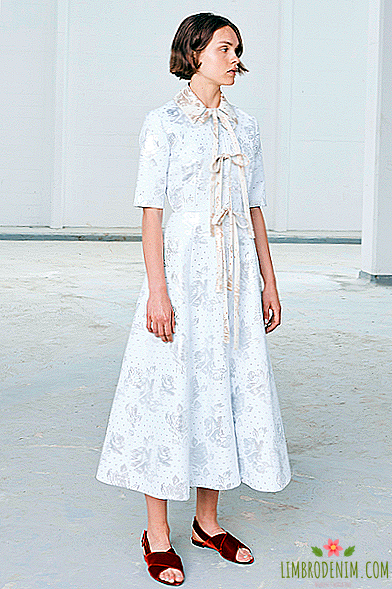
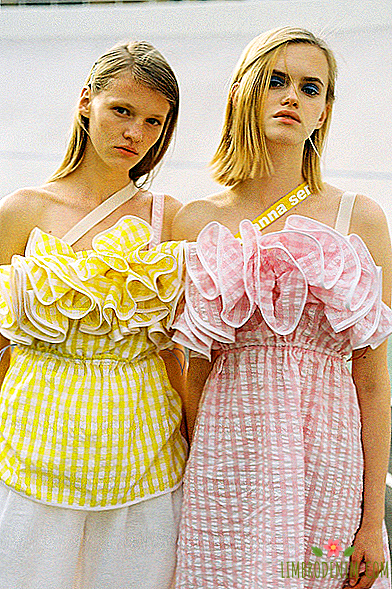
Dresses of the New York label Batsheva look deliberately inconsistent - as if they were found in a vintage store and slightly redrawn - but this makes them especially charming. Maggie Marilyn from New Zealand shows well how the minimalist style is transformed, acquiring romantic features: cascades of frills cut into jackets, shirts grow into full-fledged dresses with pleatings and jabot. Lena Lumelsky, who works in Belgium, dissects historical cuts, creating technological complicated things, the design of which, nevertheless, does not lose lightness and irony - for example, she sews an element of a corset into a voluminous sweatshirt. London-based designer Emilia Wickstead specializes in feminine dresses with large collars or cut-outs and sculptural costumes. Ukrainian Marianna Senchina, who develops a personalized clothing brand in Italy, sews colorful dresses with numerous frill and ruffles, hypertrophied bows and volume decorative flowers.
New romantic trend - not just ryushechki and puffy skirts. This is a philosophy of a light and dreamy world view, like that of Simon Port Jacmeus, and the opportunity to rethink the traditional attributes of femininity, looking at them in a fun, easy and ironic way. Raf Simons offered to romanticize not the past, but the future - but, alas, very few people responded to this appeal: the futurism of the fashion collections is depressingly uniform. And in vain, the romantic future - it seems, the ideal concept of a young and bold designer brand, which is still hanging in the air.
Photo: Shrimps, Rosie Assoulin, Emilia Wickstead, Marianna Senchina
